Daring to be Wise & The Chemistry of Common Life
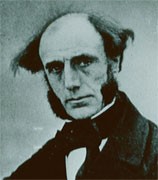
‘(The students at Durham Johnston). will take to heart the school’s motto and courageously seek for wisdom, and the world will be a better place because of their presence in it.’
Headteacher Christopher Storey, 1947
“The farther back you can look, the farther forward you are likely to see.”
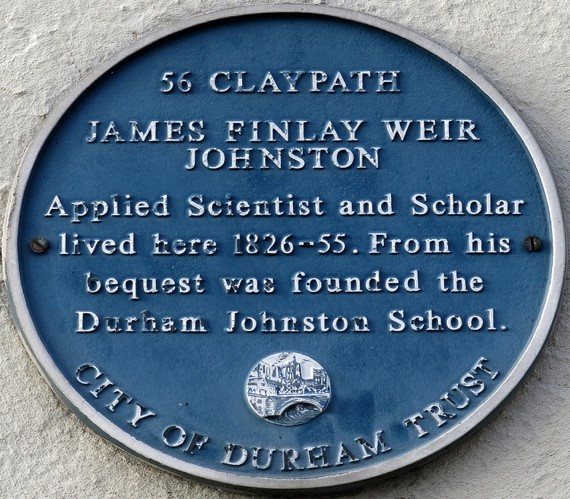 Durham Johnston has been an important presence in County Durham for a significant period of history. It has been, at different points, a mixed grammar school, technical schools, boys’ grammar and comprehensive school. In each of these different guises it has provided a high quality of education for the children of Durham City and the surrounding areas. The school motto is Sapere Aude, meaning "Dare to be wise".
Durham Johnston has been an important presence in County Durham for a significant period of history. It has been, at different points, a mixed grammar school, technical schools, boys’ grammar and comprehensive school. In each of these different guises it has provided a high quality of education for the children of Durham City and the surrounding areas. The school motto is Sapere Aude, meaning "Dare to be wise".
Durham Johnston was founded in 1901 with money left to the County Council by Susan Johnston, widow of JFW Johnston who died in 1855. The school is named after James Finlay Weir Johnston, a professor of Chemistry at Durham University. He was an autodidact polymath committed to free secular education. He was a pioneering educator, influential also in the development of Durham University and the colleges which became Newcastle University. He worked to bring education to a wide range of people – rich and poor, male and female – and believed that it should be secular, useful and scientific as well as historical and literary. The first Johnston was, unusually, a mixed grammar technical school until 1918, when a girls’ grammar school was built which is now the Durham Gilesgate Sixth Form Centre.
The Johnston School opened in 1901 with 13 pupils. They came from a range of backgrounds. James Jefferson and William Potts were the  sons of schoolmasters, John Wetherell's father was the manager of the City Swimming Baths; Arnold Shaw's father was a clergyman while Mary Martin's father owned Martin's Flour Mill in the City. Elizabeth Herbert's father was a clerk and Lydia Pearson's a signalman. Frances Guthrie was simply described as ‘orphan’.
sons of schoolmasters, John Wetherell's father was the manager of the City Swimming Baths; Arnold Shaw's father was a clergyman while Mary Martin's father owned Martin's Flour Mill in the City. Elizabeth Herbert's father was a clerk and Lydia Pearson's a signalman. Frances Guthrie was simply described as ‘orphan’.
The first building was in South Street, which was then extended into some former housing and Mr Dean's Stocking Factory. Though the school had a beautiful view it was cold, damp and unsuitable for education. Rebuilding was held up by the second world war but ‘The Johnstonian’ of spring 1948 reported: The old familiar ring with which the words ‘new school’ were uttered by past Johnstonians is gradually changing to a new and incredulous note of hope. So many annual speech days have been the occasion for references to the inadequacy of the present building, that this year’s announcement that building ought to commence in 1950 was met with qualified applause. It seems too good to be true!' May we respectfully offer two hints to the authorities concerned? First that the consensus of old and present Johnstonians is that the present title of the school should be retained in that it relates to the name of its founder, Professor Johnston. Secondly, that although it is true that hope springs eternal in the human breast it is equally true that hope deferred make the the heart sick!’''
that building ought to commence in 1950 was met with qualified applause. It seems too good to be true!' May we respectfully offer two hints to the authorities concerned? First that the consensus of old and present Johnstonians is that the present title of the school should be retained in that it relates to the name of its founder, Professor Johnston. Secondly, that although it is true that hope springs eternal in the human breast it is equally true that hope deferred make the the heart sick!’''
So, the third headmaster of the school, Christopher Storey ended his first prize day speech with the words: What the future holds no one can exactly say. The long awaited new building has been promised, but whether it comes about or not the work must and will go on; boys will continue to find here both knowledge and experience and skill of mind and hand and muscle; they will take to heart the school’s motto and courageously seek for wisdom, and the world will be a better place because of their presence in it and their abiding faith in the high standards of work and conduct which the school has ever striven to uphold.
.jpg) When the school was finally begun in 1950 it was described as being: ‘……built on a 22-acre green field site at Crossgate Moor alongside the Great North Road … retaining a view of Durham Cathedral from many of the classrooms. ….There would be good facilities for physical training ‘so long yearned for by the masters and boys in the present school’ and up to date accommodation for school meals.
When the school was finally begun in 1950 it was described as being: ‘……built on a 22-acre green field site at Crossgate Moor alongside the Great North Road … retaining a view of Durham Cathedral from many of the classrooms. ….There would be good facilities for physical training ‘so long yearned for by the masters and boys in the present school’ and up to date accommodation for school meals.
 On the school’s 50th anniversary one of the teachers wrote in the school newspaper, The Johnstonian, that; “Lest we seem ungrateful to our founder, let us here salute his memory, and pay grateful tribute to all those who helped establish the traditions of the school within the walls of the 50 year old building which we have now outgrown. The safe transplanting of those in new ground will be our privilege and duty when we occupy the new school.”
On the school’s 50th anniversary one of the teachers wrote in the school newspaper, The Johnstonian, that; “Lest we seem ungrateful to our founder, let us here salute his memory, and pay grateful tribute to all those who helped establish the traditions of the school within the walls of the 50 year old building which we have now outgrown. The safe transplanting of those in new ground will be our privilege and duty when we occupy the new school.”
There were 34 boys in the sixth form when the new school opened and Headmaster Storey’s hope was fulfilled: ‘Now is the winter of our discontent made glorious summer! Long years of hopes deferred, makeshifts and overcrowding have made of the proposed new school an elusive will o’the wisp, subject for cynical jest, yet the gleam was pursued and at last shines clearly before us, beacon of the promised land! Moreover, the name of our founder will be retained in the title of ‘The Johnston Grammar Technical School’.
Durham Johnston school now is very different. The Durham Johnston community as it is now was put together after 1979 when grammar schools in County Durham were abolished. The Modern Schools in Brandon and Whinney Hill closed, followed by Lansdowne School in Bowburn. Durham Johnston Comprehensive School worked as a split-site school for 30 years with years 7 and 8 at Whinney Hill and years 9 to upper sixth in the Grammar School buildings. (The old annex buildings were bought in 1968 when the Cottage Homes Orphanage closed and was fitted out as a sixth form centre which opened in 1969, the year that girls returned to Johnston).
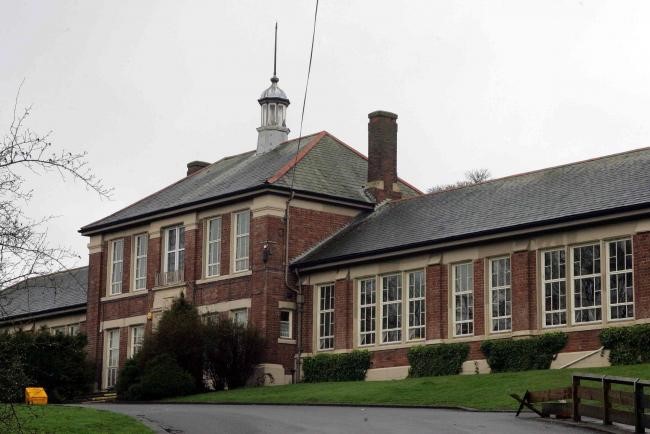
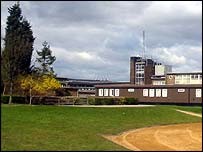
In 1982, Durham County Council proposed to close the sixth form of the school, and those of Framwellgate Moor and Gilesgate, and create a sixth form college on the site Wearside site of Gilesgate school. Sir Keith Joseph rejected the proposal on the grounds that it would have been too disruptive and costly. Successive years and governments brought planning blight and hopes deferred once again until the school buildings reached an advances state of dilapidation. However, after the efforts of Headteacher Richard Bloodworth (1999–2004) and Chair of Governors Roberta Blackman-Woods (now MP for the City of Durham) it was rebuilt between 2006-9.
Carolyn Roberts, Headteacher between 2005 and 2014, told the first students in the new building in 2009 that; ‘You’ve never known anything other than crumbling and overcrowded buildings and it shows what a strong school we are that we’ve built up such a good community despite being inconvenienced and windblown. You’ve put up with not being able to find teachers and being cold for most of the year, except when you’re too hot. You’ve been educated in buildings which look as though no one cares about us but you’ve worked hard and done your best. That part of our history ends here. This £25m building bring us all together and, still on the Great North Road, shows the world that we are a historic, stable and successful school. We have the building we need to open a new chapter in our distinguished history.’

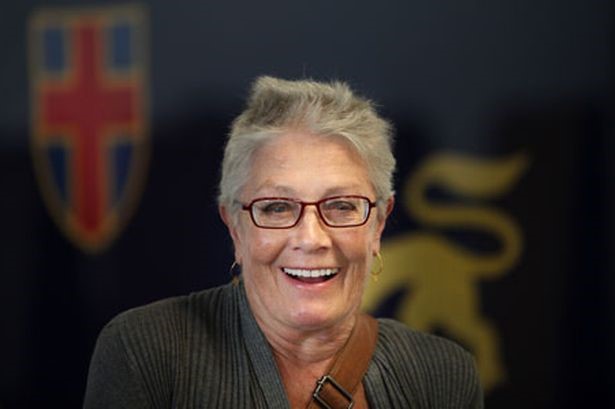
Gordon Brown's Labour Cabinet held a meeting and public consultation in February 2010 and praised the school for its commitment to academic excellence, social justice and global future. It was the first cabinet meeting in the North East, and the first in a school. In 2011 the film ‘Song For Marion’ starring Vanessa Redgrave and Terence was partially filmed at the school.
https://www.bbc.co.uk/news/uk-england-tyne-14631088
In October 1998, it was the first comprehensive school to enter the Financial Timestop 1,000 schools and regularly features in Sunday Times Parent Power survey and the highest performing school in the North East of England. The school also regularly features as one of the highest performing non-selective schools in the country.
Durham Johnston's War Memorial 1921–2019
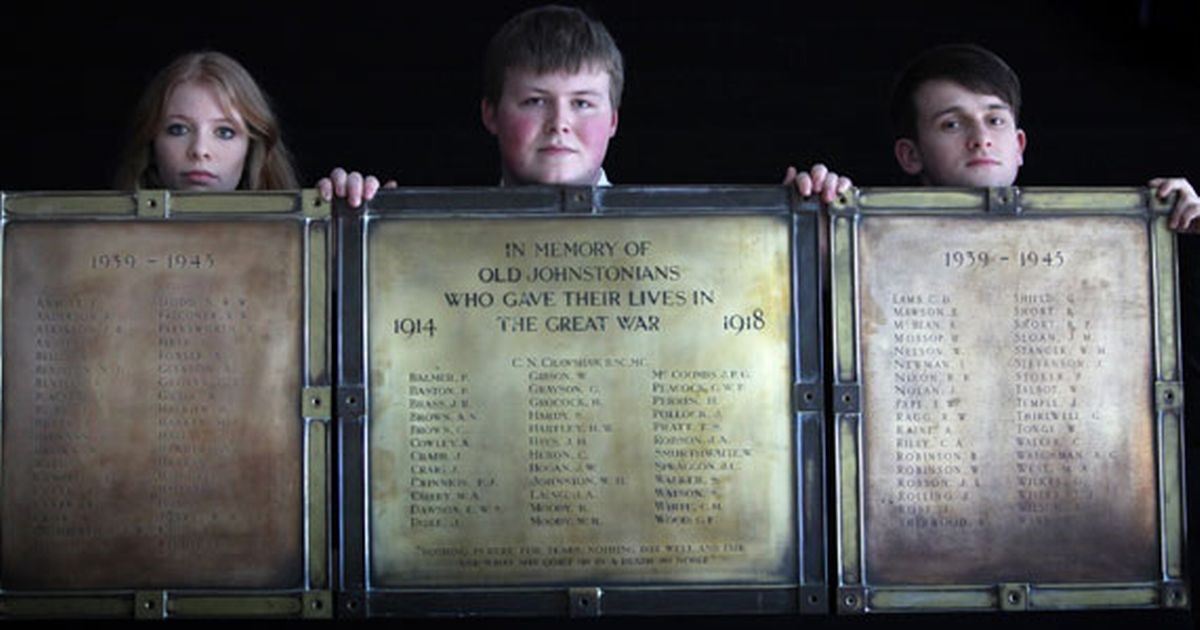
In 2011 the students and staff of Durham Johnston raised funds to re-site and rededicate the school war memorial, which names 111 men. A large number were members of the Durham Light Infantry, although they served in both wars and in a variety of services and regiments, with a significant number of those from the Second World War having served in the R.A.F. The memorial was first suggested in a speech by Mr. Whalley, the school's Headmaster, in 1920. He referred to the death of Captain C.N. Crawshaw, a teacher at the school who had volunteered when the war broke out in 1914. Mr. Whalley proposed a memorial in honour of the 36 former students and one teacher who had died during the Great War. A meeting was held on Wednesday 24 March 1920 for former and current students and £160 was raised towards the cost of the memorial. The original panels of the war memorial were unveiled at 6 p.m. on Saturday 22nd June 1921 by the Bishop of Durham. It was located on the stage of the school, when the school was located in South Street. It acted as a memorial for the 37 former students who had died during the Great War. In addition to the former students, one member of staff, Mr. Crawshaw, had died in action. Two teachers returned to the school after the war, Mr Hutchinson and Mr Dent, and a third, Mr Cousins, returned, but retired, due to war related stress, in 1921.
The unveiling of the memorial was recorded by the Durham Advertiser:
‘The memorial has been erected by subscriptions from parents, staff past and present and pupils of the school. It consists of a mural panelling in light oak, of classic design, together with a memorial desk and chairs of a similar character. On the memorial desk is a brass inscription plate on which is engraved: ‘A tribute from the boys of 1918–1920 to the Johnstonians who served and fell in the war, 1914–1918.' The design and erection of the memorial have been ably carried out by the North of England School Furnishing Company. In addition to the brass inscription plate there is an engraving which states 'Nothing is here for tears, nothing but fair and well, and what may quiet us in a death so noble.' The motto for the memorial is taken from Milton’s Samson Agonistes. The memorial has been erected in the school assembly hall and will daily remind the boys of the patriotism and self-sacrifices of Johnstonians during the dark days of the war.’
A large number of former Johnstonians were involved in World War II with a significant number losing their lives. Two new panels were commissioned for the war memorial and money was, again, raised from contributions. The two panels were dedicated in June 1948 with a ceremony, performed by the Reverend R.F. Morgan – a former student at the school – at St Margaret's Church. A significant amount of money was raised from subscriptions. After the new panels had been paid for the residue of the money was used for a War Memorial prize, which was awarded annually to a high achieving student at the school.
In July 1954 the school moved from its South Street site to new buildings in Crossgate Moor. The memorial was removed in July 1954 and placed upon the left wall in the new school hall. It remained in place until the spring term of 2009, when it was removed and stored in preparation to be rededicated in the new Durham Johnston school hall. It was reinstalled in the third building and dedicated in March 2011 in recognition of the 90th anniversary of Johnston, with students and members of the local community raising the money for the initial memorial. A new plaque has been installed with a quotation from the Proverbs to acknowledge money raised by the current students. When senior teschers explained that they intended to raise money to relocate the memorial one of the school’s Year 7 students, Rachel Scrivens, chose to volunteer the first pound raised. Local companies, particularly Harrison and Harrison Organ Builders, helped to support this project. A tradition was established after 1948 that fresh flowers would always be put next to the memorial during term time and that a British Legion wreath of Flanders poppies would be placed next to the memorial on Remembrance Day. Each year the current students and staff observe a minute’s silence in the Atrium of the new building and the school has completed a significant amount of research into the lives of the men named on the war memorial.
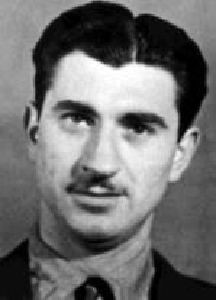

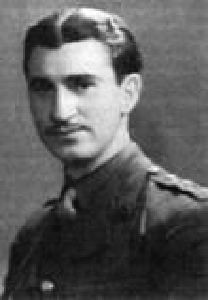
Notable on the war memorial is Captain Isidore Newman, an old boy of the school and linguist who was attached to the SOE during the second world war. He was eventually captured and murdered at Mauthausen Concentration Camp. Because of this, the rededication of the memorial in 2011 was attended by representatives of AJEX, the Association of Jewish Ex-Servicemen and the Rabbi to the Army performed a blessing in the school, as well as the local Anglican Vicar.
History and Names in the New Durham Johnston building
Durham Johnston has a long history and has been located on an important historical site since the 1950s. The new building is large, so to make the different areas more memorable they were named after key points in the school’s history and to also recognise its position within the Nevilles’ Cross and Crossgate Moor area of Durham City.
Johnstonian Names Some areas in the new building are named after James Finlay Weir Johnston (1796–1855) who bequeathed money to set up a school for girls and boys, teaching science and the arts to ordinary young people of Durham, rich or poor. The main street on the ground floor is James Street, on the first floor is Finlay Street, on the top floor Weir Street. The assembly hall is, therefore, the James Hall. The quotation outside the door is the name of JFW Johnston's most successful book – an 800-page 2-volume work called ‘The Chemistry of Common Life’. The Library is called Lydia, for Lydia Pearson. She was the first pupil to enter Johnston's first new building in South Street in 1901.
Battlefield NamesSome of the areas are named after the great battle of Neville's Cross which was fought on the site in 1346. It was between the English and the Scots: the English won, but the school has a long tradition of employing Scottish teachers and JFW Johnston was also of Scottish descent.
The ground floor of the 2-storey block is David Street, named after the defeated Scottish king. The ground floor of the 3-storey block is Edward Street, named after the victorious English king, though he was not at the battle. The PE corridor is called Neville Street after one of the English commanders. He was described in the Lanercost Chronicle as "strong, truthful, cautious and brave". The music and drama corridor is Zouche Street, named after the Archbishop of York, another English military commander. The top floor of the 2-storey block is Douglas Street, named after one of the Scottish commanders. The staff room corridor is called Beaurepaire, the French name for the monastery which then became Bearpark. The Learning Support and Sixth Form corridor is Rokeby Street, named after another English commander. The first floor of the 3-storey block is Mowbray Street, another English commander. The top floor of the 3-storey block is Auld Alliance. That describes the link between the Scots and France, united in attacking England. The single pod venue is Philippa. She was the English queen, much more involved in the battle than Edward.
With thanks and acknowledgments to Michael Robson’s A History of Durham Johnston School(1997). Michael was a former student and teacher of Art at the school.
